China is aggressively advancing toward a future where flying cars and air taxis become a common sight in urban skies, aiming to have around 100,000 flying cars operating in cities within the next six years. This ambitious transformation is set to revolutionize urban transportation by introducing family cars, air taxis, and delivery vans that operate in the air.
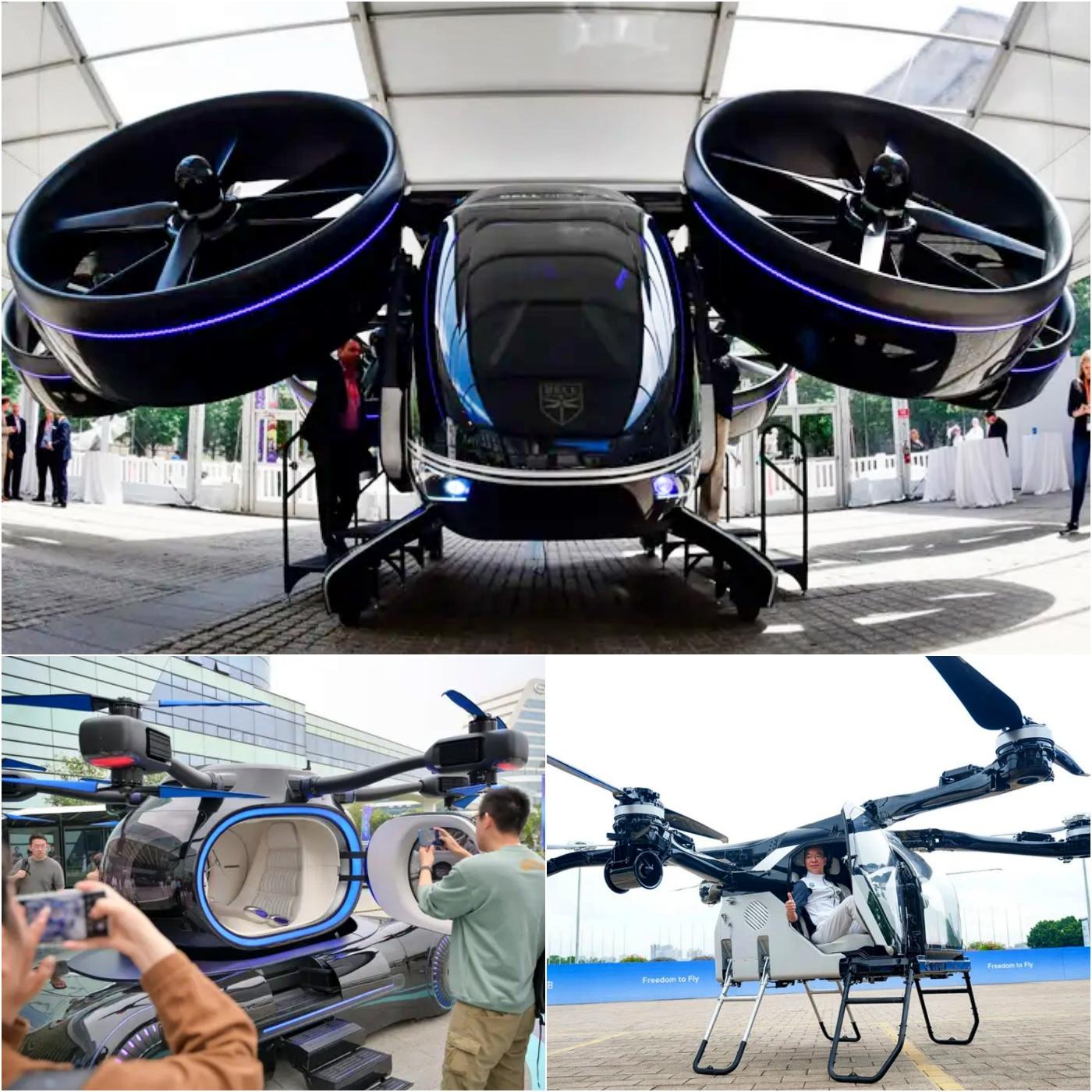
Major Chinese cities are already laying the groundwork for this airborne transformation. According to a report by the China Low Altitude Economic Alliance, the necessary air traffic networks and ground facilities to support flying vehicles will be largely completed within the next two to three years. This infrastructure development will enable the mass production and commercialization of Electric Vertical Takeoff and Landing Vehicles (eVTOLs) by 2026.
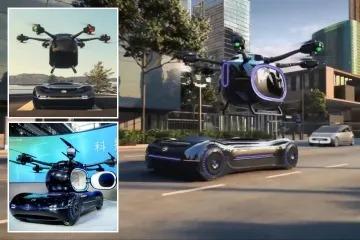
Currently, eVTOLs are quite expensive, costing about 10 million RMB (approximately £1 million), but prices are expected to drop significantly by 2030. A family-friendly flying car with four or five seats could cost between £200,000 and £300,000 (2-3 million RMB), making them accessible to the luxury market.
Advancements in artificial intelligence and unmanned technology are key drivers of this vision. Flying vehicles are expected to be widely used not only for passenger transport but also for logistics, agriculture, urban management, tourism, and emergency rescue operations. Drone technology is evolving rapidly, with companies like Beijing-based i-Kingtec developing fully autonomous drone garages capable of operating over large areas for tasks such as power grid inspections and environmental monitoring.
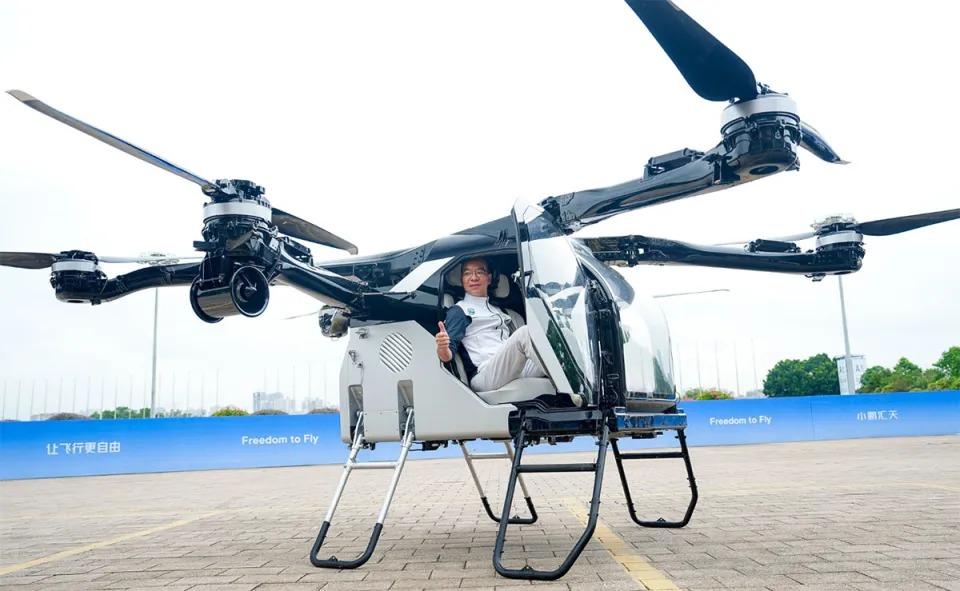
EHang is a pioneer in this field, having delivered nearly 300 EH216-S eVTOLs and recently completing a test flight using advanced solid-state batteries. The EH216-S is a fully electric, two-seater drone with 16 propellers, a top speed of 130 km/h, and a range of 30 km. It has received certification from the Civil Aviation Administration of China (CAAC), allowing it to operate commercially.
EHang plans to launch sightseeing flight routes in Guangzhou and Hefei by 2025, initially focusing on tourism before expanding into broader air taxi services. Hefei and Shenzhen are among the first cities expected to adopt these air taxis.
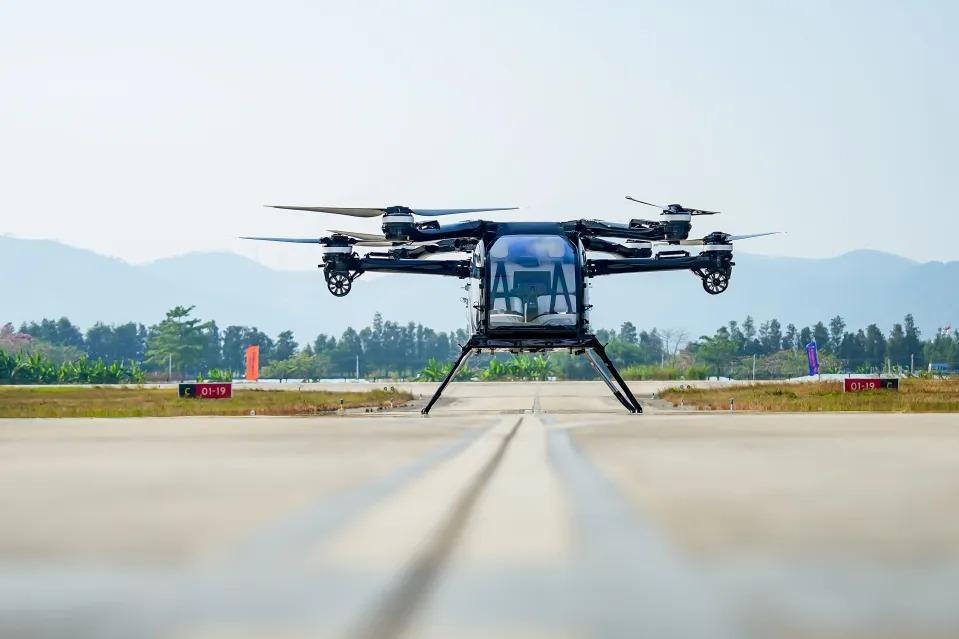
Other companies like Xpeng AeroHT are targeting mass production of hybrid flying cars by 2026. Xpeng’s “Land Aircraft Carrier” consists of a ground vehicle and a flying module with six propellers, capable of a 30 km flight range. The flying module can be folded and stored in the vehicle’s trunk within five minutes. Xpeng is building a production plant in Guangzhou with an annual capacity of 10,000 units, and the vehicle is expected to be priced under 2 million RMB (around £230,000).
China’s low-altitude economy, which includes drones and eVTOLs, is expected to grow to 3 trillion RMB (£326 billion) by 2030. The government and industry players see this sector as a major engine of economic growth. Over 100 enterprises, including major firms like Geely and EHang, are part of the China Low Altitude Economic Alliance, which is spearheading this ambitious effort.
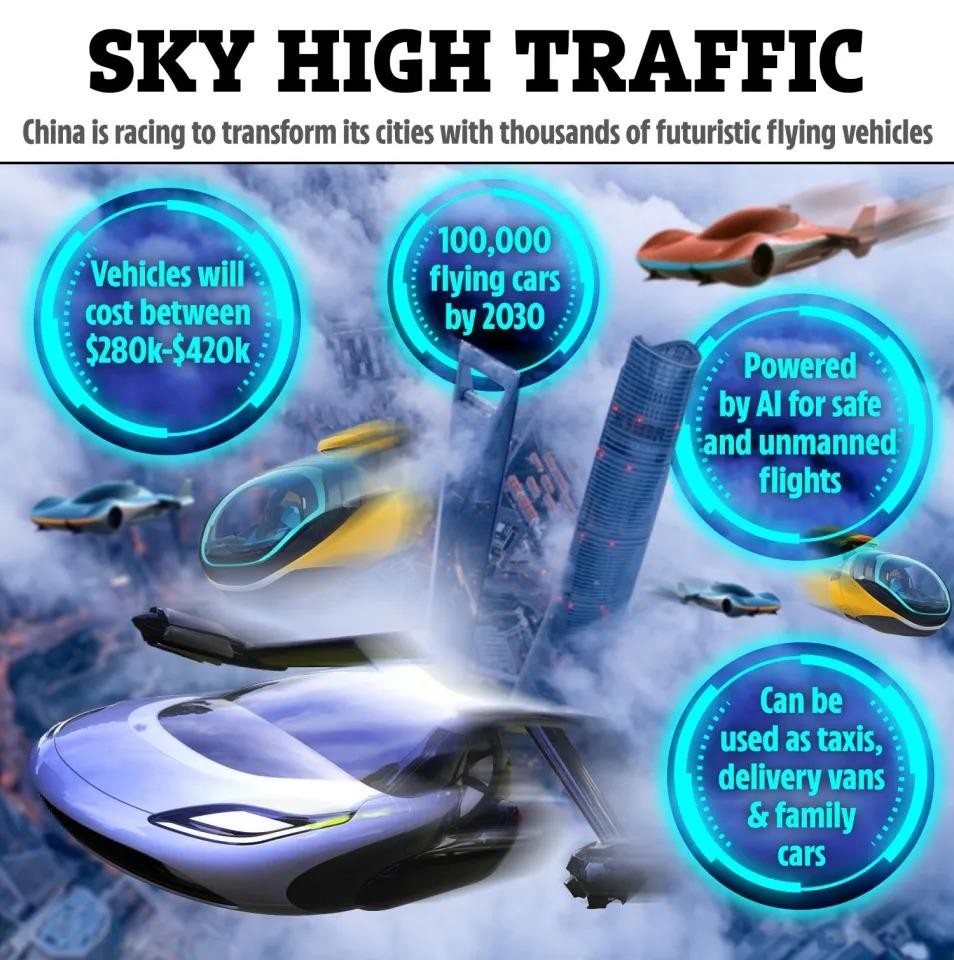
Despite rapid technological progress, challenges remain. Battery technology still limits flight range and duration, and safety is a paramount concern. Extensive testing and regulatory oversight are required to ensure these vehicles perform reliably when carrying passengers. Regulators are taking a cautious approach, starting with low-risk cargo flights in less populated suburban areas to gather data and build public trust before expanding to urban passenger services.
The vision for flying cars and taxis is moving from science fiction to reality in China. With significant investment flowing into eVTOL development-over 85% of China’s low-altitude aviation investments are directed at this technology-the country is positioning itself as a global leader in urban air mobility. The anticipated widespread use of flying cars by 2030 could transform urban landscapes, reduce traffic congestion, and provide new modes of transport for millions.
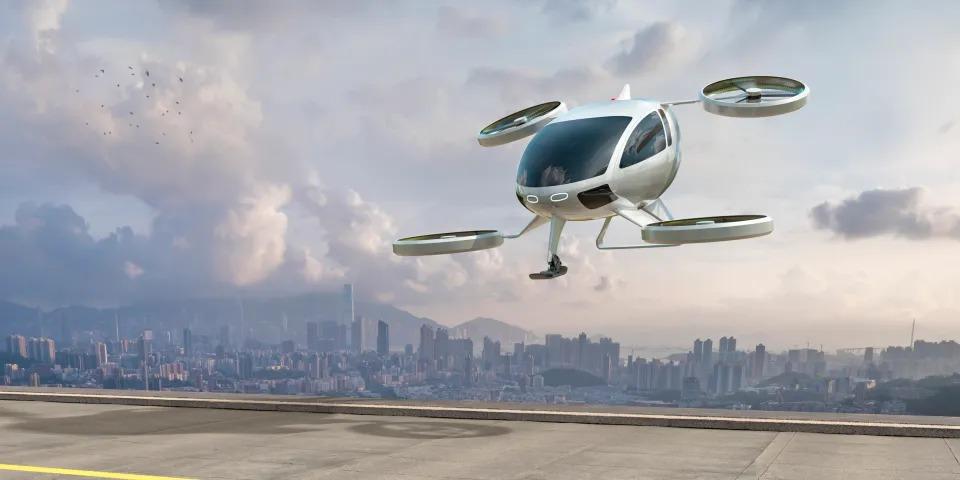
In summary, China is on track to create a comprehensive ecosystem for flying cars and air taxis, supported by regulatory approvals, technological innovation, infrastructure development, and strong economic backing. This will enable a future where flying vehicles are an integral part of daily urban life within the next decade.




